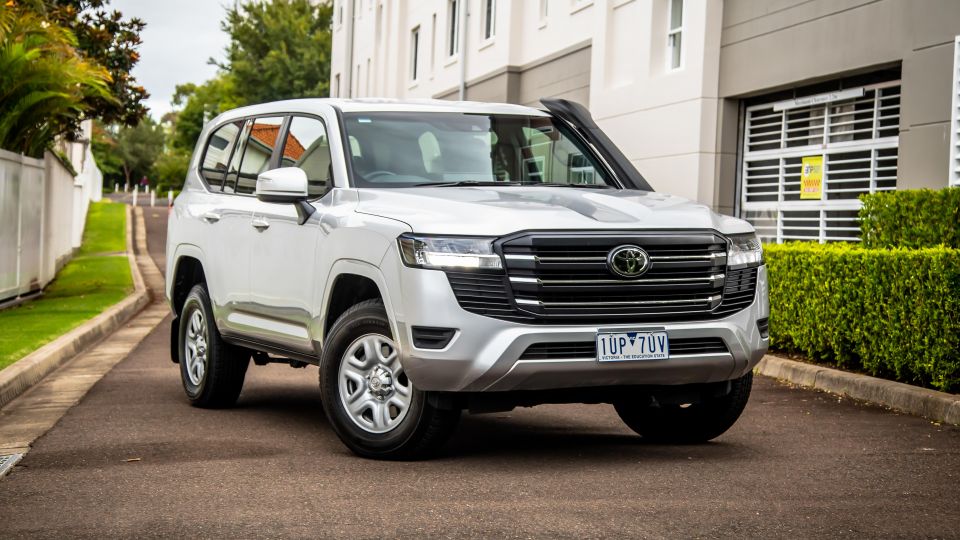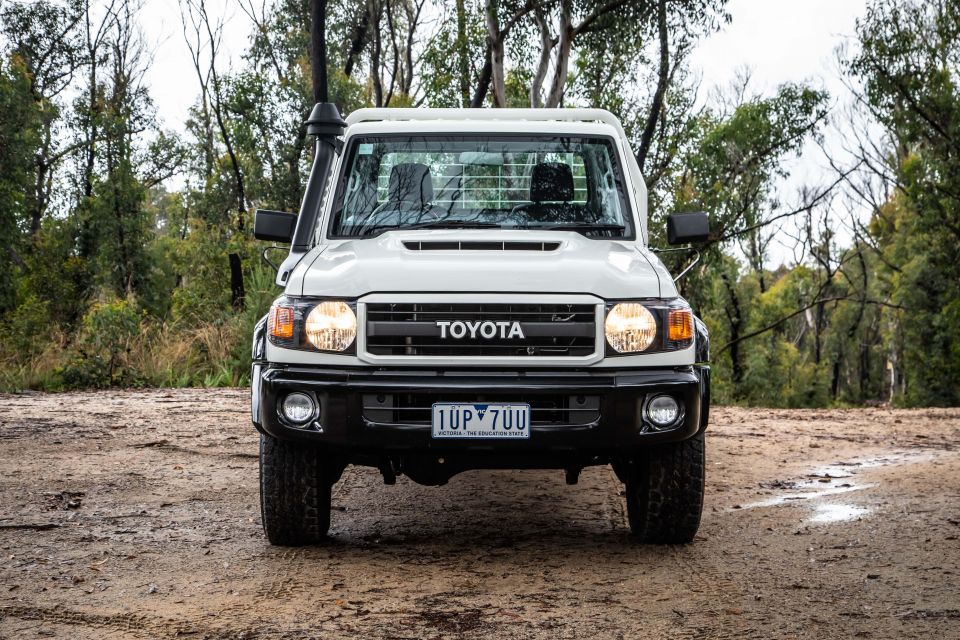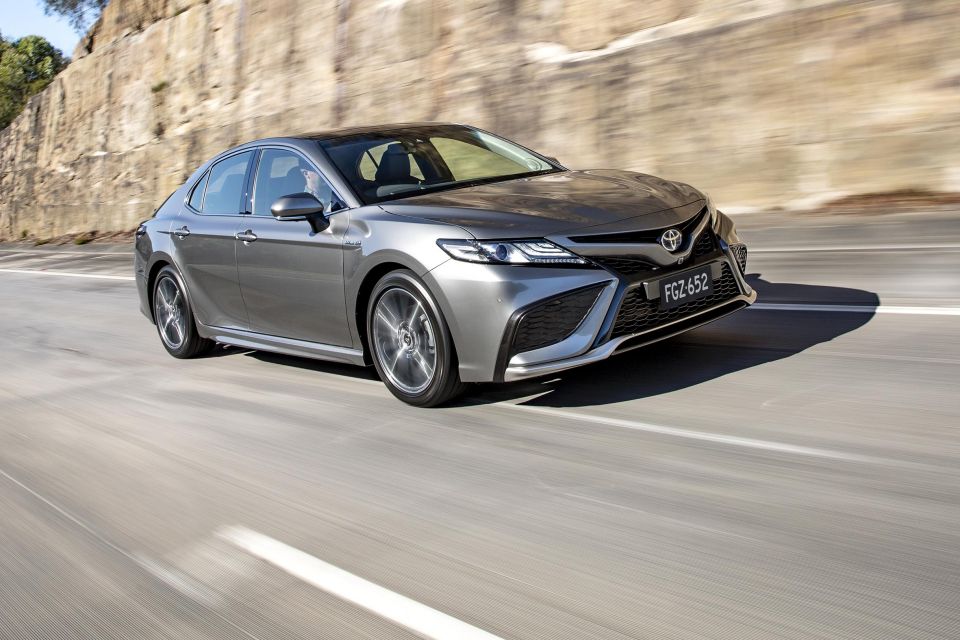

Josh Nevett
2026 Skoda Elroq review
5 Days Ago

Senior Contributor
Toyota dealers navigating ongoing chronic stock shortages are telling some customers to prepare for multi-year wait times on core models including the LandCruiser, RAV4 and Camry.
Printed-out guidelines of expected customer wait times are being offered by several east coast dealers, subject to change based on the Toyota build process. We saw some of these guidelines on car forums, while others we’ve seen ourselves.
One thing for sure is that nearly all Toyotas remain affected to greater or lesser degrees by global stock shortages pinned on COVID shutdowns in the supply chain and the worldwide semiconductor crunch.

For instance, the wait periods multiple dealers are telling customers to expect are around 18-24 months on a newly ordered Toyota RAV4 Hybrid and 12-24 months on a Toyota Camry hybrid – two cars in huge demand on account of today’s record fuel prices.
This writer knows several people who were quoted 18-month waits on their RAV4 hybrids over the past few weeks, so this one checks out.
The average suggested lead times on the LandCruiser 300 Series are likewise listed as 18-24 months – we know the related Lexus LX also has year-long waits as well – while the LandCruiser 70 is listed as subject to wait times of between three and four years, “or never”.

This lattermost figure might be hyperbole, and was contested by TMC.
For its part, Toyota Australia acknowledges the long waits but says there’s not really a one-size-fits-all wait time, because each dealership has different pipelines.
“Demand for new vehicles is at unprecedented levels. In Australia, to support the strong demand, Toyota Australia been working closely with our global production teams to secure as many vehicles for our market as possible,” it said.
“Wait times vary depending on the model, variant and specification requirements of each customer. The RAV4 Hybrid, Camry Hybrid, LandCruiser 70 and LandCruiser 300 are in particularly high demand and currently have longer wait times.

“Due to the evolving nature of this situation, Toyota dealers are best placed to continue to provide updates to customers on delivery timeframes for individual orders.”
Which brings us back to where we started…
Things don’t appear set to improve immediately either. Toyota Motor Corp. last week slashed its projected June factory output for the third time in as many weeks, downgrading the monthly production target to approximately 750,000 units.
Toyota still says to expect a group-wide output of 9.7 million cars in this Japanese fiscal year (ending March 31), down from an initial projection of 11 million cars when it thought the global supply chain would bounce back this year.
Losing around 1.3 million vehicles from global allocation (best-case scenario, by appearances) will send waves throughout all key Toyota regions, not least of all Australia where the company commands north of 20 per cent market share.
MORE: Toyota cuts June production, again MORE: Toyota halts production at 10 plants amid parts shortages MORE: Toyota suspends production, again MORE: Toyota, Lexus factory production slashed once again MORE: 2022 Lexus NX wait times top 12 months for hybrids MORE: 2022 Lexus LX wait list passes 12 months MORE: Toyota cuts production, takes ‘intentional pause’ for suppliers’ sake MORE: Toyota production pause, LandCruisers and RAV4 affected MORE: Toyota RAV4 shortages and wait lists remain in 2022 MORE: Toyota to cut Japanese production significantly from April MORE: Toyota cuts February production plans as COVID bites again MORE: Toyota resumes Japanese production after cyberattack
Where expert car reviews meet expert car buying – CarExpert gives you trusted advice, personalised service and real savings on your next new car.


Josh Nevett
5 Days Ago


Max Davies
5 Days Ago


Max Davies
3 Days Ago


Neil Briscoe
2 Days Ago


Max Davies
1 Day Ago


Derek Fung
5 Hours Ago